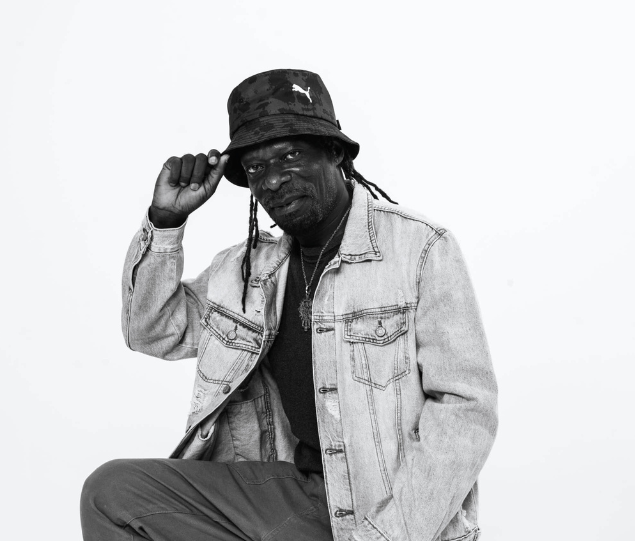
Dancehall Artist Bayka Discusses His Sound Evolution, Early Achievements, and New Mixtape ‘Mob Ties’
Bayka’s deep, rumbling vocals are the first thing that grabs your attention. Then comes the effortless yet aggressive flow, carrying lyrics that are deceptively simple. His sound is clearly refined—you can tell it’s been developed and meticulously perfected with each song. He’s constantly raising the bar on his popular hits, solidifying his place as a force to be reckoned with.
Bayka shared some deeper insights from his rise to prominence.
His musical journey began in his school days, culminating in early success with hit songs like “Sinna Life” and “Mobster.” Crowd favorites include “She Like It” and “Craves” guaranteed to get the ladies moving. These high-energy songs stand in stark contrast to his deeper, more introspective work, like the 2022 release “Survive” hinting at a more complex story behind his current minimal and effortless flow. “Statistic” marked another milestone in the evolution of Bayka’s sound, showcasing his intentional focus on flow, catchy melodies, and witty lyrics. “Changes come in life, you can’t stay the same forever. You can’t do the same thing forever, you’ll get the same results. So as life progresses, you progress and keep it fresh for the audience,” Bayka says when questioned about the evolution of his sound. “Even me sometimes, I would get used to a new style or sound that I try, but it’s just to master one and move on to the next. It’s just one of those things we work towards.”
This is a clear distinction for Bayka. The main concern of a typical young, up-and-coming artist is to create another hit to stay relevant. Not many are focused on growing their skills and improving their sound, or better yet, tailoring the sound to suit a niche audience—things the Spanish Town native does very well. Bayka’s music has taken him to platforms like BBC 1Xtra, Reggae Sumfest 2023, and even a Chris Brown concert in Jamaica. The demand for his music is undeniable, fueled by his drive, creativity, and unwavering dedication to his fans. “A dem mek mi deh yahsuh in front of you, sit down a do this interview. And If me never do this mi nuh know wah else I would be doing right now,” Bayka confesses. In a country where temptations abound, these alternative avenues are key for the youth. But this kind of catering is something some dancehall critics see as bad for the brand as it often leads to darker songs becoming more popular. Whichever influence comes first, whether the chicken or the egg, the fan or the artist; a singular takeaway is often missed.
When a business creates a brand, its duty is to shape it into a version that the target audience will unequivocally love. This is why brands have high-value roles like chief product officer. Jamaican artists have a notoriously dissonant relationship with the business aspect of the music industry; it is unsustainable. The future of dancehall music is in the hands of artists like Bayka, who understand that the chaotic mixture of marketing, brand, and business dealings are the cornerstones of a successful endeavor.
“Mi nuh know who inna dem rightful mind or heart will choose to not listen to the people who are the reason for them being where they are. I won’t say they know the best all the time but, they have a right. It matters too.” The lifespan of a typical dancehall artist starts at around 13/14 if they’re adventurous. That gives them time to have maybe a year or two of pure youthful exploration where they might learn something. However, true learning doesn’t begin until about year three. An artist must learn to arrange their voice on music, hold keys and notes with comfort and expertise, construct lyrics to fit said arrangement, and perform said songs on stage. They are expected to dress well, read well, and socialize well; this must all accumulate record and ticket sales.
Naturally, we accept artists who have checked most boxes, if not all. But still, the road is narrow, the expectations are high, and the fall is steep. It’s unforgiving. Luckily, this newer breed of artists seeks no forgiveness. Not only are their learning curves shorter, but they’re finding success early—like year one, two, or three. Bayka deals with his early success by pacing himself and keeping his perspective. Much of that hinges on this very keen sense of self-awareness he has displayed since some of his early interviews. Mixed with a sober appreciation for the Jamaican term “Buss,” this self-awareness anchors his wild ambition to a steady course.



